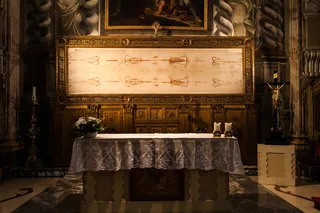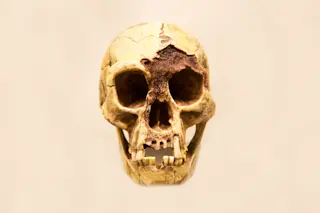The traditional accounts of Aztec sacrifice are almost too gory to be true. In them, Aztec priests cut beating hearts from the chests of sacrificial victims before throwing them down the steep steps of pyramids. “It is the most terrible and frightful thing,” an account from 1519 stated, shortly after the Spanish arrival in Mesoamerica.
But the Aztecs, or Mexica, whose empire controlled most of central Mexico in the 15th century, didn’t see sacrifice as quite so startling, nor as quite so simple. In fact, it wasn’t always what it was made out to be by the Spanish, who sensationalized sacrifice as an excuse for conquest, says Nawa Sugiyama, an archaeologist at the University of California Riverside.
In truth, there were many motivations for the practice, and many methods for its accomplishment. Human sacrifice was undertaken on small, local levels (sometimes involving single individuals) and in large, state-sponsored events (sometimes ...















